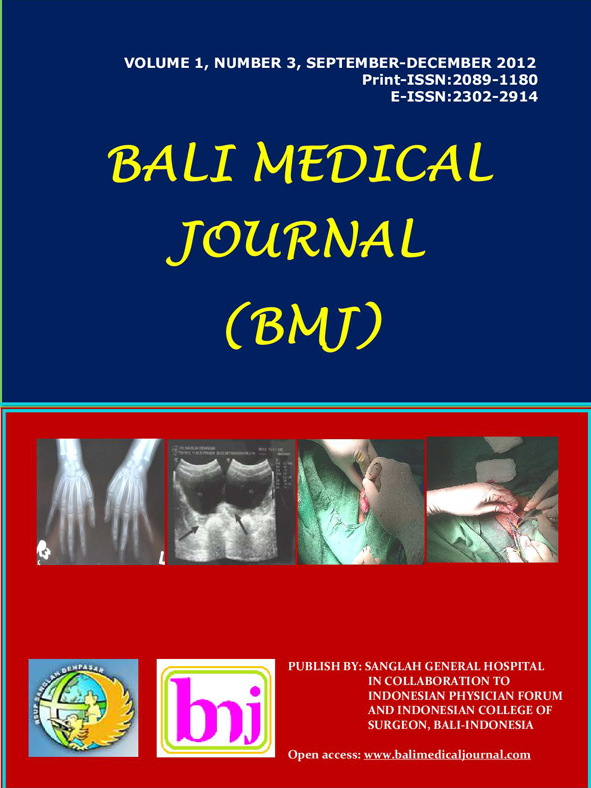PREVALENCE OF HYPERURICEMIA AT NEPALGUNJ MEDICAL COLLEGE, BANKE-NEPAL
Abstract
Objective: The prevalence of hyperuricemia varied in different populations and it appeared to be increasing in the past decades. Recent studies suggest that hyperuricemia is an independent risk factor for cardiovascular disease. Method: One thousand eighty seven patients, attending Nepalgunj medical college and Teaching Hospital, Banke, Nepal from March 2011 to February 2012 were included in this study. The reference range was 3.5 – 7.0 mg/dL in males and 2.6 – 6.0 mg/dL in females. Hyperuricemia was de?ned as a Serum Uric Acid level of more than 7.0 mg/dL in males and of more than 6.0 mg/dL in females. The uric acid was determined by uricase /PAP method. Test was performed in the central laboratory of Biochemistry, Nepalgunj Medical College & teaching Hospital, Banke, Nepal. Results: A number of 1487 studies were selected, the statistical information of which was collected for systematic analysis. The results showed that the high prevalence of hyperuricemia found in females(22.86%) as compare to males(18.98). It was found that 21-40 age group is on high risk for hyperuricemia.Conclusion: The prevalence of hyperuricemia is different as the period of age and it increases after 21-40 years in male and in female. Serum uric acid level was high in female as compare to male.


